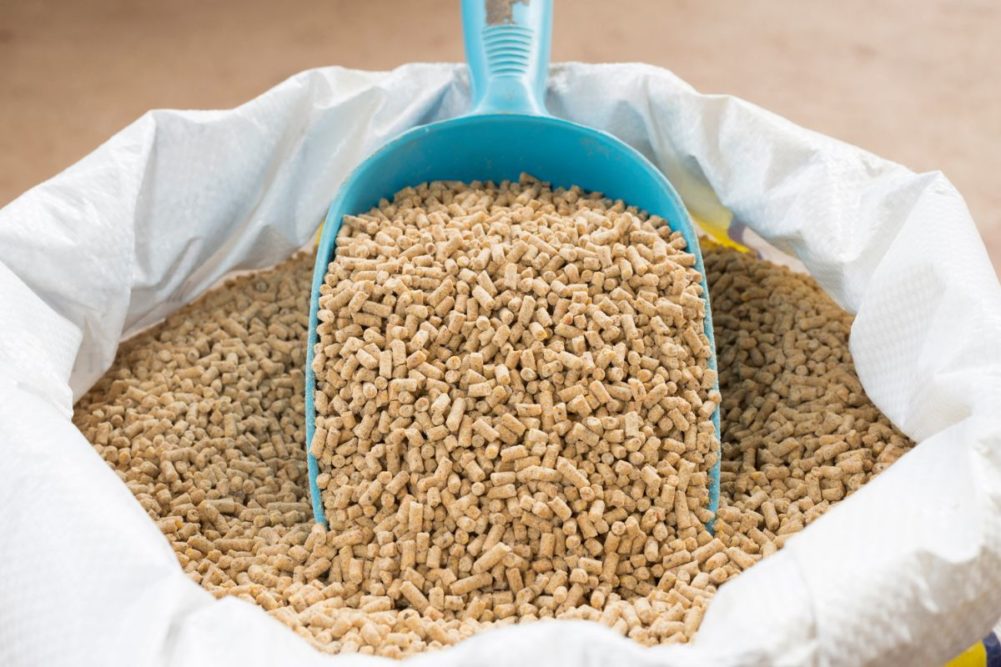BRUSSELS, BELGIUM — Industrial compound feed production in the European Union declined by more than 5 million tonnes in 2022 compared to the previous year, according to a report released on April 27 by the European Feed Manufacturers Federation (FEFAC).
EU-27 compound feed production for farmed animals in 2022 is estimated at 148.9 million tonnes, a decrease of 3.8 % compared with 2021, according to data provided by FEFAC members. Production decreased for animal feed sectors but more significantly for the pig sector (-6.7 %) and poultry sector (-3.2 %) mainly due to the spread of animal diseases (Avian Influenza and African swine flu).
The Russian invasion of Ukraine and the related EU energy crisis have had a significant impact on the EU economy and inflation, leading to a reduced demand for animal products that impacted the production and demand for feed, FEFAC said. Only Austria, Finland, Ireland, Poland and Slovenia managed to slightly increase/stabilize their feed production, the report said.
FEFAC also noted that “green environmental and animal welfare” policies continued to play a role in key member states such as Belgium, Germany and the Netherlands and kept the pressure on reducing livestock population numbers.
In 2022, the pig feed sector was the most affected. Production fell by 3 million tonnes compared to 2021 when many member states experienced a decrease of more than 5%.
“In some countries, small farms closed their businesses due to the deteriorating economic situation and profitability of farms,” FEFAC said. “Pig meat exporting countries reduced their production as China continues to recover from ASF and no longer imports pork volumes at previous levels. African swine fever continued to play a role in certain countries such as Germany and Romania, impacting the economic efficiency of pig farms.”
Poultry feed production in 2022 decreased by almost 2 million tonnes as several countries were heavily impacted by AI and reduced their poultry production, the report said. Also, the high cost of utilities during the winter led to the situation when some farms skipped cycles, all impacting the demand for feed.
Cattle feed production slightly decreased by 500,000 tonnes compared to the previous year as a result of the stabilization of the production compared to the 2021 year when severe drought led to increased demand for dairy feed.
According to the European Commission, production of main animal species (except poultry) is expected to decrease in 2023.
“The herd decapitalization is progressive in the main EU producers while uncertainties around feed and fertilizer prices as well as inflation are influencing the market,” FEFAC said. “This will have undoubtedly an impact on the feed market. FEFAC market experts estimate that compound production in 2023 will further decline by 1.5% to a level of 146.8 million tonnes. The poultry and pig feed sector may experience a rebound in (the fourth quarter) but this will not compensate for the entire loss in 2021-22.”






